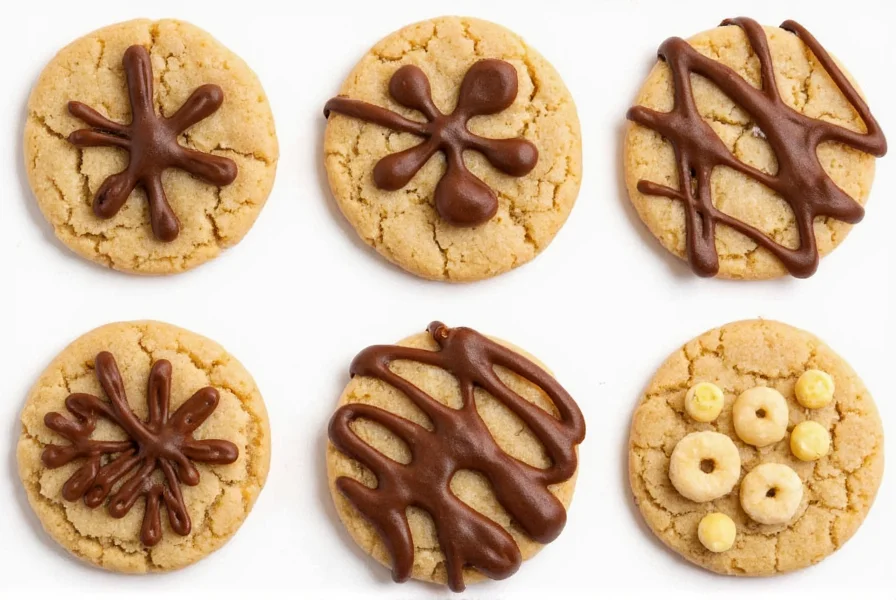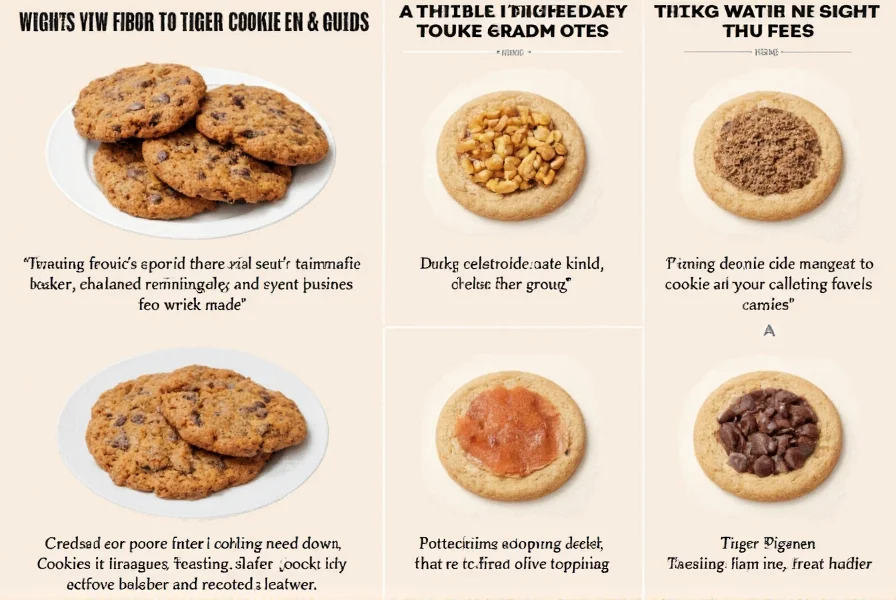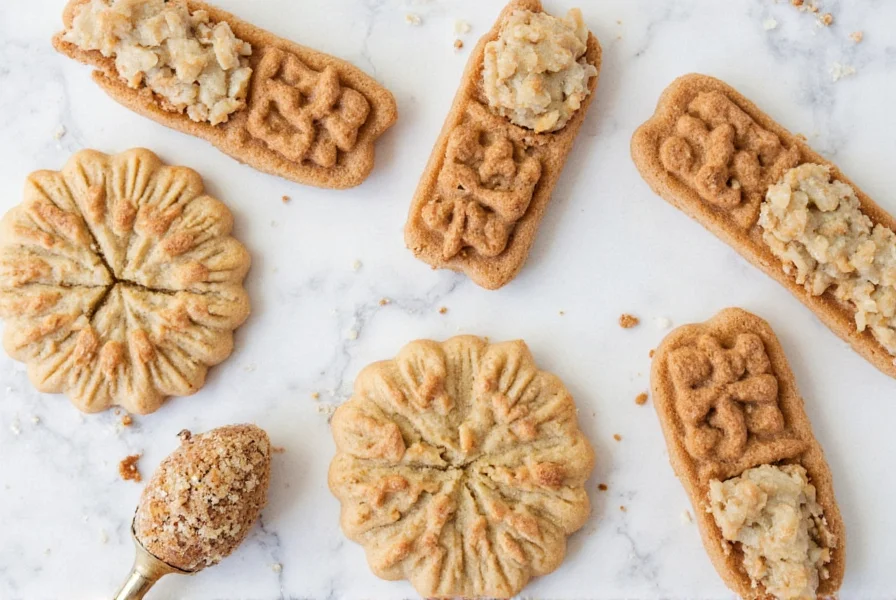When exploring unique cookie装饰 techniques, the phrase 'nutmeg tiger cookie toppings' presents an interesting puzzle for baking enthusiasts. While not an established culinary term, this combination suggests creative possibilities at the intersection of spice application and visual design in cookie decorating.
Understanding Nutmeg in Cookie Applications
Nutmeg remains a classic baking spice that adds warmth to sweet recipes. Unlike many ground spices, fresh nutmeg offers superior flavor when grated immediately before use. For cookie toppings specifically, consider these professional insights:
- Use microplaned nutmeg for even distribution on finished cookies
- Limited to 1/8 teaspoon per dozen cookies to avoid overpowering
- Best paired with complementary flavors like brown butter, caramel, or vanilla bean
- Works particularly well on Scandinavian-style butter cookies
Decoding the 'Tiger' Element in Cookie Design
The 'tiger' reference most likely describes a striped visual pattern reminiscent of tiger markings. Professional bakers achieve this effect through several techniques:
| Technique | Implementation | Best Cookie Base |
|---|---|---|
| Marble Swirl | Alternating light and dark doughs gently twisted | Sugar cookies, shortbread |
| Surface Stripes | Piping contrasting toppings in parallel lines | Flat butter cookies |
| Layered Effect | Thin layers of different colored dough pressed together | Refrigerator cookies |
Creating Nutmeg-Enhanced Tiger Pattern Cookies
For those seeking to combine nutmeg with tiger-inspired designs, professional pastry chefs recommend this approach:
Start with a high-fat butter cookie recipe that holds its shape during baking. After cooling, create tiger stripes using alternating toppings - perhaps a light caramel drizzle alongside a dark chocolate ganache. The finishing touch? A delicate dusting of freshly grated nutmeg along the lighter stripes to enhance both visual contrast and aromatic complexity.

This technique works particularly well for holiday baking or special occasion cookies where visual presentation matters as much as flavor. The nutmeg shouldn't dominate but rather complement the overall sensory experience.
Common Misinterpretations and Clarifications
Many searchers confuse 'nutmeg tiger' with commercial products. It's worth noting:
- No major cookie brand produces 'nutmeg tiger' varieties
- The term differs from 'Nutter Butter' peanut butter cookies
- 'Tiger' in baking typically refers to visual patterns, not flavors
- Some regional recipes use 'tiger' to describe crinkle-top cookies
When experimenting with nutmeg tiger cookie toppings, remember that less is more. Overpowering the delicate balance of cookie flavors can ruin the intended effect. Professional bakers suggest testing small batches before committing to larger productions.

Expert Recommendations for Flavor Pairing
Culinary professionals emphasize thoughtful pairing when developing nutmeg tiger cookie toppings. Consider these complementary combinations:
- Nutmeg + brown butter + sea salt for sophisticated flavor profiles
- Nutmeg + white chocolate + toasted pecans for holiday cookies
- Nutmeg + maple glaze + candied ginger for autumnal treats
- Nutmeg + dark chocolate + orange zest for complex flavor layers
The key to successful nutmeg tiger cookie toppings lies in balancing visual appeal with harmonious flavors. When executed properly, these cookies can become signature pieces for special occasions or bakery offerings.











 浙公网安备
33010002000092号
浙公网安备
33010002000092号 浙B2-20120091-4
浙B2-20120091-4